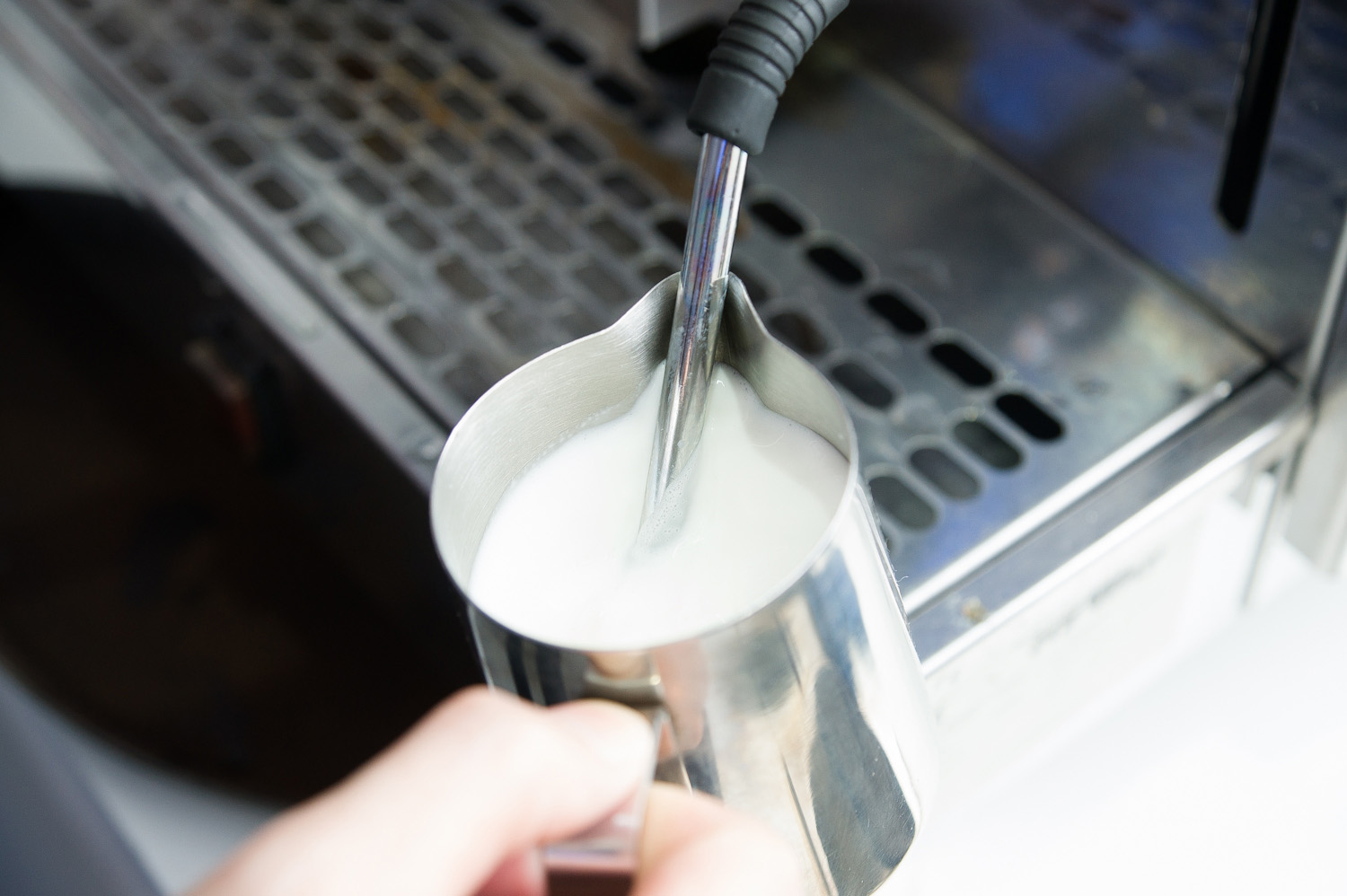Detailed Analysis of Oil Crema of Espresso extracted from Italian Coffee
Crema (grease) I don't understand why we make Crema so much more complicated than itself. Crema is often grossly misdescribed, the most common of which is "an emulsified oil". Well, I think it's fair to say that to a very small extent. As far as we know, the amount of oil obtained by Espresso in the extraction process is unique. In the process of Espresso extraction, the energy of steam is used to emulsify the oil and form many small droplets that can be suspended on the liquid surface without flocculation. We all know that grease destroys milk bubbles, and the percentage of oil in Espresso is extremely low. Crema has nothing to do with oil. The CO2 formed in the baking process is released during extraction, and the change of pressure causes it to escape from the liquid phase and form bubbles. So, who is responsible for the surfactant? Not proteins-the baking process removes almost all useful proteins, which are consumed in various forms of reaction, including the favorite Maillard reaction [6]. The actual surfactant is likely to be a derivative of a reaction protein, protein melanin. Protein melanin is a large class of substances formed during baking, and they participate in the brown color of coffee beans. Melanin, together with two other polysaccharides, forms stable milk bubbles. (sugar affects the volume and stability of milk bubbles, but Crema itself is not a surfactant.) Crema is essentially the milk foam of the bottom coffee, so the color of the crema corresponds directly to the color of the bottom coffee.
There may be some misunderstanding here, because in a single cup, a 15-second coffee and a 30-second coffee look the same-but I guarantee that the colors of the two are absolutely different, if you don't believe it, please take a drop of coffee and drop it on the white paper, so the lighter the Crema, the lighter the coffee, the less dissolved in the coffee. There is an inference that oil is a factor in the rapid disappearance of milk bubbles, and the fat content of arabica is twice as high as that of robusta.
In addition, we also master the process of water loss, a good extraction has a significantly different viscosity than a cup of fast extraction, the latter's crema disappears much faster. Similarly, it depends on the amount of substance in your coffee, so there is a link between the color and stability of crema. Tiger spot is a phenomenon that I do not fully understand, I will continue to study.
At present, it is only speculated that Tiger spot is floating on the crema for particles of roasted coffee, maybe we should take some microscope photos! In addition, I will restate the poorly described parts of the article in the future. Please ask questions in the comments!

Note:
[1] Surface tension: TAT surface tension is the force that promotes the contraction of the liquid surface, in this case, it refers to a kind of contraction force of the bubble film.
[2] Surfactants: in fact, our daily soap and washing powder are all surfactants.
[3-1] with regard to the question of polarity, we can understand it as "birds of a feather flock together."
[3-2] in fact, the so-called non-polar parts of fat and protein are also slightly polar, but they are too "different" for water.
Source: Brista blog
Important Notice :
前街咖啡 FrontStreet Coffee has moved to new addredd:
FrontStreet Coffee Address: 315,Donghua East Road,GuangZhou
Tel:020 38364473
- Prev

Coffee oh green beans processing method: coffee green beans three processing methods introduced
Dry method: It has a mild sour taste and a mild bitter taste. Brazil, Ethiopia and Yemen use it. Disadvantages: easily affected by weather, defective beans and foreign materials mixed with more opportunities. Processing: Coffee is either dried naturally on the patio, or dried by machine, or both. treatment method is
- Next

How to make a cup of Italian coffee? Teach you the skills and secrets of making a good cup of milk foam
Milk foam is a cup of Italian coffee success or failure of the first condition, only milk foam to make a good cup of Italian coffee, then how to make a good milk foam? Let's explain in detail: a few points should be paid attention to before making good milk foam! (1)Milk temperature: Milk temperature is a very important factor in milk whipping, milk storage temperature will decrease by one for every 2 degrees Celsius increase.
Related
- What is the meaning of lactic acid fermentation with coffee bean treatment?
- How to judge the state of foam by sound?
- How does the latte pull out the unicorn pattern? Come to get for a little trick to improve the flower pull!
- Will flower pulling affect the taste of the latte?
- Do you know the history of coffee?
- The difference between honey treatment and sun washing what is raisin honey treatment?
- What kind of milk can a novice use to make coffee foam to keep the foam longer? The correct method and skills of milking tutorial sharing
- Why do washed coffee beans taste sour? Flavor characteristics of washed Coffee
- Introduction to the skill of how to practice the size and height of water injection around the circle of hand-brewed coffee
- How do beginners practice coffee flower drawing from scratch?

